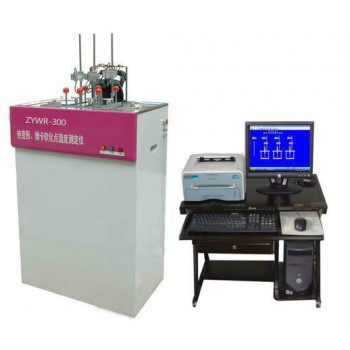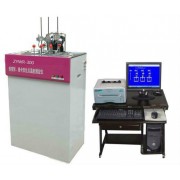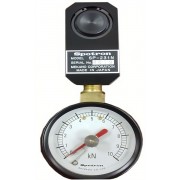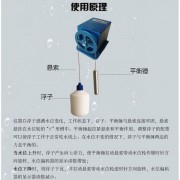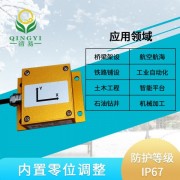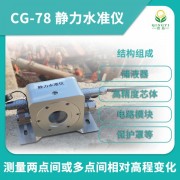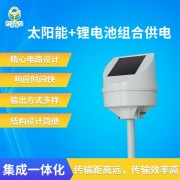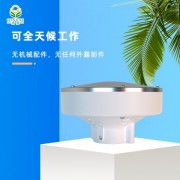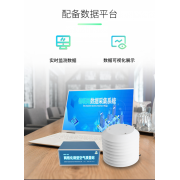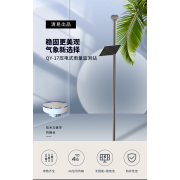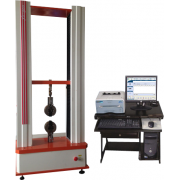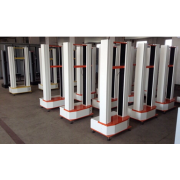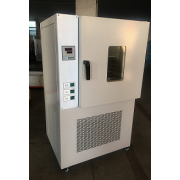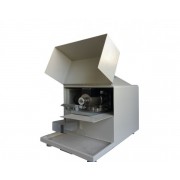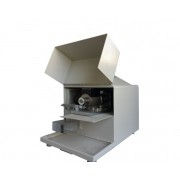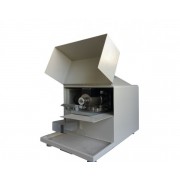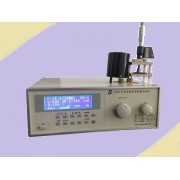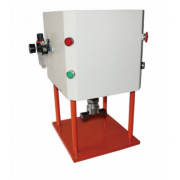塑料热变形维卡软化点测定仪 测试原理:
维卡(VST)定义:把试样放在液体介质或加热箱中,在等速升温条件下测定标准压针在(50+1)N力的作用下,压入从管材或管件上切取的试样内1mm时的温度。
热变形(HDT)定义:标准试样以平放(优选)或侧立方式承受三点弯曲恒定负荷,使其产生GB/T 1634相关部分规定的其中*种弯曲应力,在匀速升温条件下,测量达到与规定的弯曲应变增量相对应的标准挠度时的温度。
侧立:分“平放”与“侧立”两种,并明确指出,优选平放方式,侧立方式仅是备选,并将被撤销。
跨度:支座与试样两条接触线之间距离,由*种(100mm)改为两种,64mm(平放)和100mm(侧立),并规定了容差要求即跨度L应为(100+1)mm,跨度L为(64+1)mm。
注:可根据用户要求任意跨距。
负荷变形温度的三种方法
A法:1.80Mpa弯曲应力;
B法:0.45MPa弯曲应力;
C法:8.00MPa弯曲应力。
The Vicat softening tester and thermal deformation Vicat softening point temperature tester are non-metallic material testing instruments designed and manufactured based on the latest international and national standards, meeting the GB9706.1-2020 standard. Mainly used for measuring the thermal deformation temperature and Vicat softening point temperature of non-metallic materials such as plastics, hard rubber, nylon, electrical insulation materials, long fiber reinforced composite materials, high-strength thermosetting laminated materials, etc. Adopting digital display meter control method, PID phase modulation output, with upper limit temperature setting, automatically stopping heating when the test temperature reaches the upper limit temperature; There is an emergency stop switch setting, and the rear control panel is a door type structure with a lock, which is convenient for machine maintenance and repair; This instrument is easy to operate and accurately controlled, and is a highly intelligent testing instrument widely used in colleges, research institutions, and product quality supervision and inspection units.
特点及用途:
适用于测试高分子材料的维卡软化点温度和热变形温度
作为控制质量和鉴定新品种热性能的*个指标,
由百分表测量形变,
温控仪设定升温速度,
试样架自动升降,
*次可试验三个试样
操作方便、设计新颖、外形美观、可靠性高。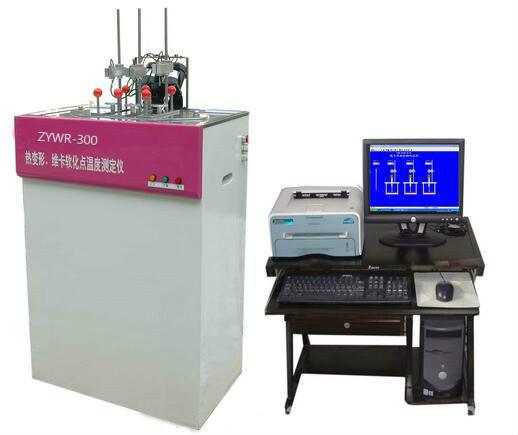
符合标准:
GB9706.1-2020 医用电气设备 *1部分:基本安全和基本性能的通用要求;
IEC 60065 7th ED (2001-12)+A1(2005-10)+A2(2010-7)以及GB4943.1-2022 音视频、信息技术和通信技术设备 *1部分:安全要求;
GB/T 1633 (idt ISO 306-2004)维卡软化温度(VST)的测定;
GB/T 1634.1(idt ISO75-2)塑料 负荷变形温度测定(通用试验方法);
GB/T 1634.2塑料 负荷变形温度测定(塑料、硬橡胶和长纤维增强复合材料);
GB/T 1634.3塑料 负荷变形温度测定(高强度热固性层压材料);
GB/T 8802 (eqv ISO 2507) 热塑性塑料管材、管件维卡软化温度的测定;
ISO 2507、ISO 75、ISO 306、ASTM D1525,ASTM D648等。
主要技术参数:
1. 温度控制范围:室温~300℃;
2. 升温速率:120℃/h(热变形试验) 、 50℃/h(维卡试验);
3. *大温度误差:±0.5℃;
4. 温度测量点:1个;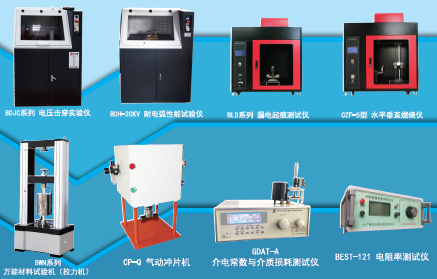
5. 试样工位:3工位;
6. 形变测量量具:百分表(3个);
7. 形变测量范围:0~1.1mm;
8. 形变测量误差:0.001mm(千分之*精度);
9. 试样支承跨距:64mm(平放优选)、100mm(侧立);
10. 加热介质:甲基硅油或变压器油(客户自备);
11. 冷却方法:150℃以上自然冷却,150℃以下水冷或自然冷却;
12. 仪器尺寸:700mm×400mm×700mm;
13. 设备电源:AC 220VA, 50HZ。
Features and uses:
Suitable for testing Vicat softening point temperature and thermal deformation temperature of polymer materials
As an indicator for controlling quality and identifying the thermal performance of new varieties,
Measure deformation using a dial gauge,
The temperature controller sets the heating rate,
Automatic lifting of the sample holder,
Three specimens can be tested at once
Convenient operation, novel design, beautiful appearance, and high reliability.
使用注意事项与设备维护保养
1、 所有连接线*定要连接正确,并且电源具有可靠接地。
2、 仪器电源要稳定,且附近不可以有大功率用电器或强干扰的用电器,以保证检测结果的准确性。
3、 安装或取出试样时注意不要掉进油池内,如果掉进油池,*定要取出后再进行试验。
4、 负载杆和导管间要经常用酒精或其它清洁剂清洗,但不能加润滑油类。
操作界面介绍
接通主机电源和控制箱电源,主机电源接通后,搅拌电机以均匀的速度转动。
1)参数设置
1. 清空 :用来清除历史数据
2. 蕞高温度:达到蕞高温度停止加热,防止油温过高发生火灾
3. 温度修正: 修正显示温度与标准温度的差值点击数字框跳出键盘修改
4. 修改完成数据后 要点保存按键才能生效
2)开机界面
开机后显示有三个试验方法,点选择可进入到相应的试验方法内
3)试验界面
1. 维卡软化点试验
启动:点击启动键 设备进入试验状态,*搅拌5分钟后开始以设定好的加热速率加热
切换:切换试验方法,内有A120 B120 A50 B50 试验方法切换重量也会跟随切换 (显示的重量是已经刨除掉传感器的弹力的,直接选择对应的砝码放上即可)
式样:式样1 式样2 式样3 可以选择或取消,开机默认3个都选择的,选择状态为绿色,当哪个传感器不做试验的时候必须取消掉,否则加热位移不会有变化,等温度升到蕞高限才会停止加热
当需要切换试验方法的时候,点击1.维卡软化点试验 这个字的位置就可以复位到开机界面从新选择试验方法。
Testing principle:
Vicat (VST) definition: Place the sample in a liquid medium or heating box, and measure the temperature of the standard pressure needle under the action of (50+1) N force under constant heating rate conditions, when pressed into a sample cut from a pipe or fitting for 1mm.
Definition of Thermal Deformation (HDT): The standard specimen is subjected to a constant three-point bending load in a flat (preferred) or side standing manner, resulting in one of the bending stresses specified in relevant parts of GB/T 1634. Under uniform heating conditions, the temperature at which the standard deflection corresponding to the specified bending strain increment is measured.
Side standing: There are two types: "flat standing" and "side standing", and it is clearly pointed out that the preferred method is flat standing. The side standing method is only an alternative and will be revoked.
Span: The distance between the two contact lines of the support and the sample has been changed from one (100mm) to two, 64mm (flat) and 100mm (side standing), and tolerance requirements have been specified, that is, the span L should be (100+1) mm and the span L should be (64+1) mm.
Note: Any span can be selected according to user requirements.
Three Methods of Load Deformation Temperature
Method A: 1.80Mpa bending stress;
Method B: 0.45MPa bending stress;
Method C: 8.00MPa bending stress.
Compliant with standards:
GB9706.1-2020 Medical Electrical Equipment - Part 1: General Requirements for Basic Safety and Basic Performance;
IEC 60065 7th ED (2001-2012)+A1 (2005-10)+A2 (2010-7) and GB4943.1-2022 Audio, Video, Information Technology, and Communication Technology Equipment - Part 1: Safety Requirements;
GB/T 1633 (idt ISO 306-2004) Determination of Vicat softening temperature (VST);
GB/T 1634.1 (idt ISO75-2) Plastics - Determination of Load Deformation Temperature (General


